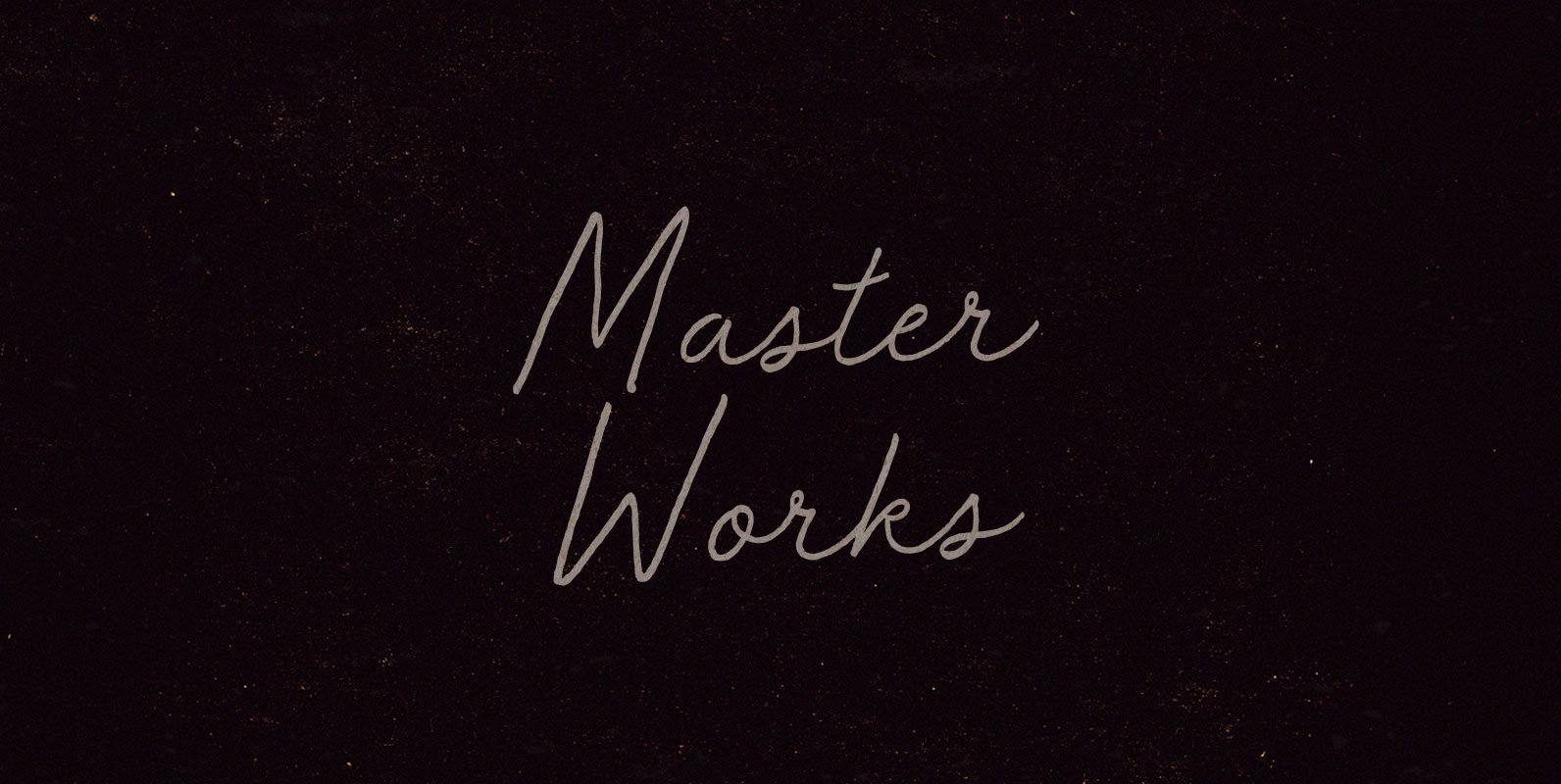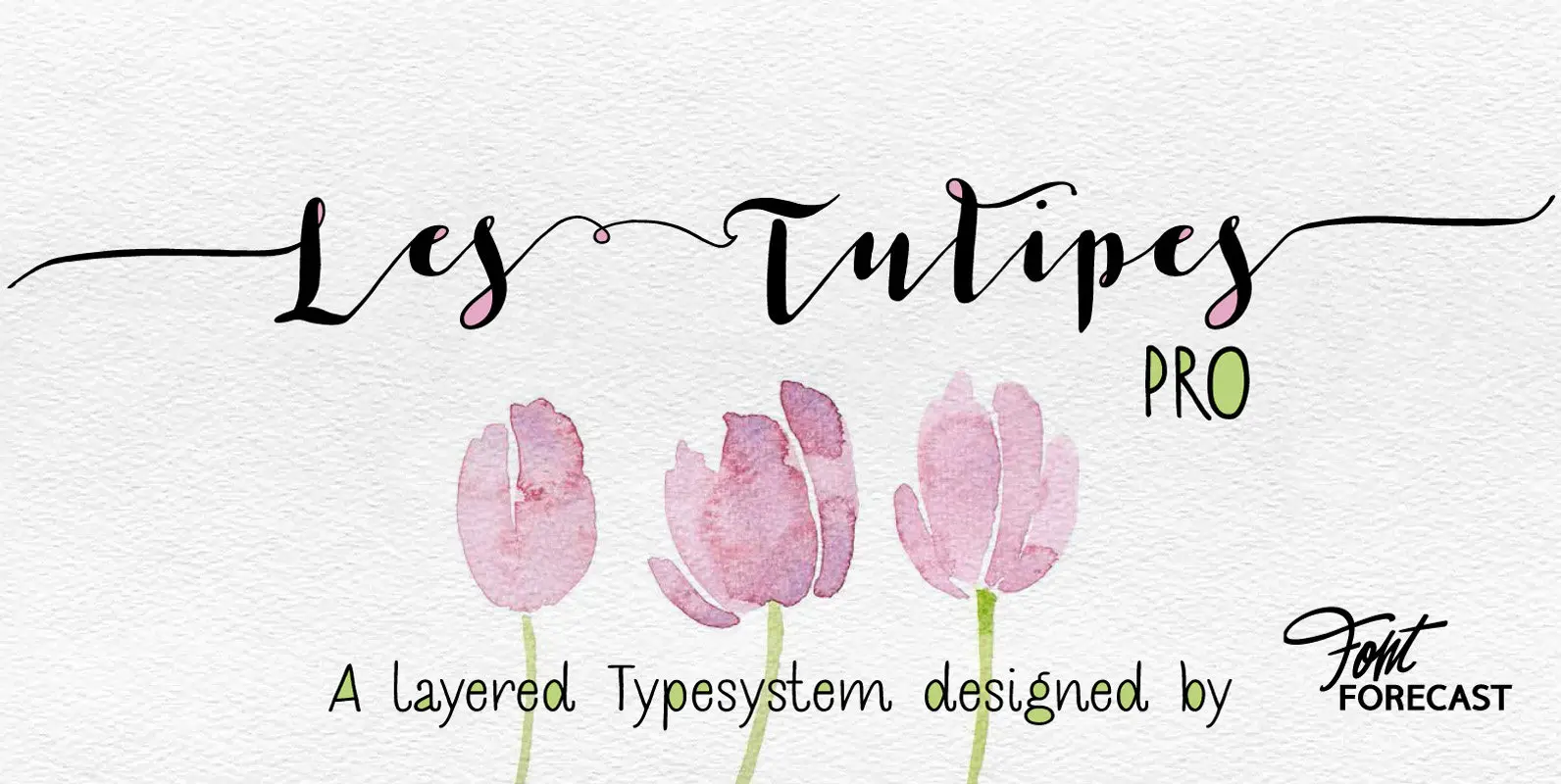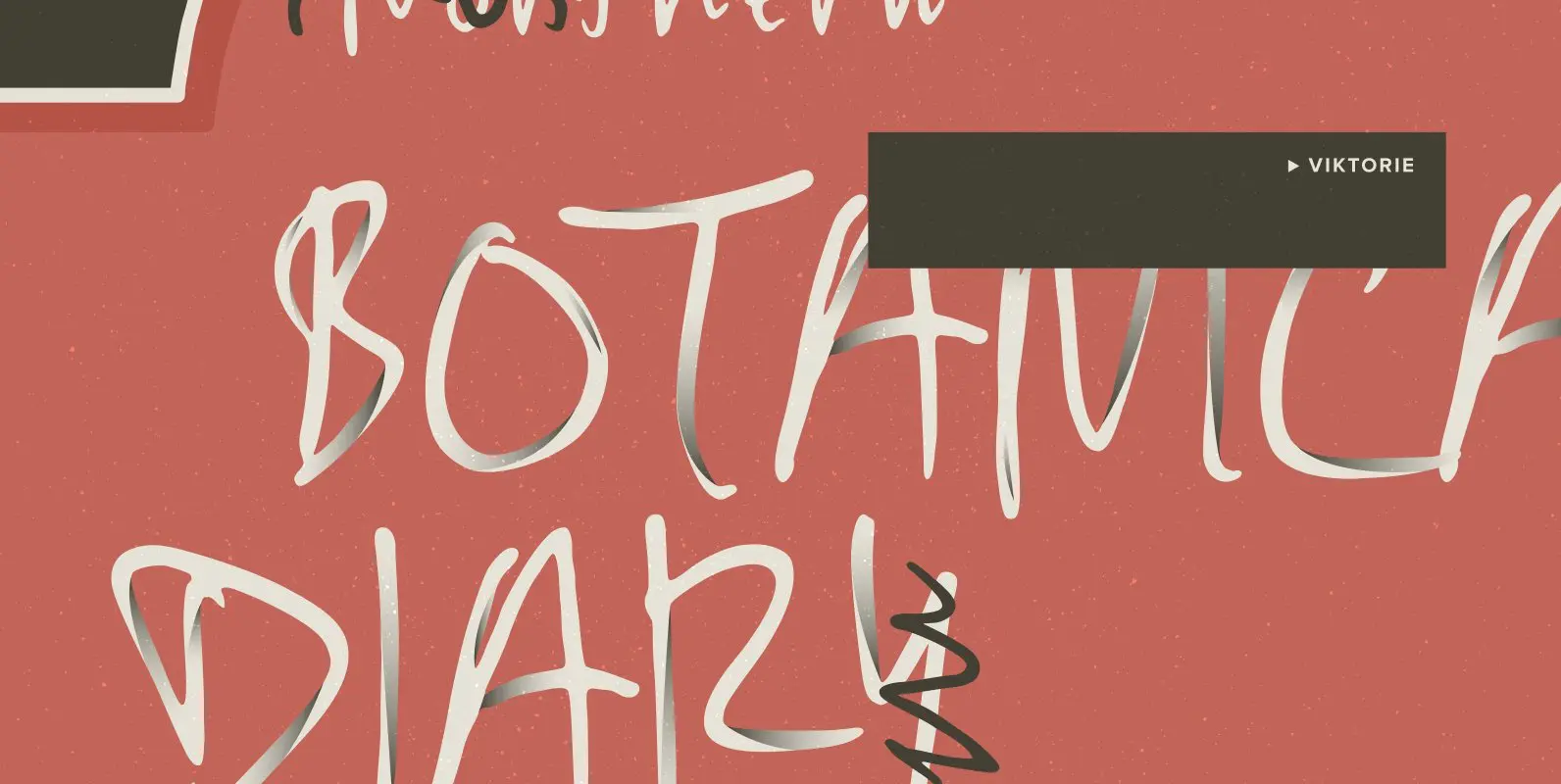Tag: penmanship

Honeyguide Font
Honeyguide is a beautiful, handmade set of fonts. One is a brushed script font; the other a playful all caps font. Both come with italic styles. Use these two babies for your product packaging and book covers, happy holiday greeting

Uncle Edward Font
First of all, I don’t have an uncle called Edward, nor do I know anyone by that name. When I had finished this font, it had a strong ‘Uncle Edward’ feeling to it, so the name stuck. Uncle Edward is

Combustible Font
Combustible is a hot, handwritten script font. I don’t really know why I named it Combustible – maybe because I scribbled this one down with near frozen hands. Combustible was made with a medium sized Japanese brush pen. It is

Special Touch Font
In a pit of darkness, choked in fog on a black night, comes a clear message. Fingers clasping, lighting nerves and neurons, showing that the way was right here all along. It’s the Special Touch of a trusted companion–your best

Texas Hero Font
The first font to simulate actual old penmanship, Texas Hero is modeled chiefly on the handwritten script of Thomas J. Rusk—who served as commander of the Texas Army, chief justice of the Texas Supreme Court, and one of the state’s

Madelyn Font
Madelyn is a handwritten script font based on the expression of real handwriting. Amiable and organic, it is perfect if you want to convey individuality and style. It’s written with a calligraphy pen with casual dry strokes and a signature

Emily Austin Font
Emily Austin is modeled after the penmanship of Emily Margaret Austin (Bryan) Perry, an early Texas colonist along with her brother, Stephen F. Austin, for whom the state capital was named. Specimens were letters dating from 1837 until 1851, the
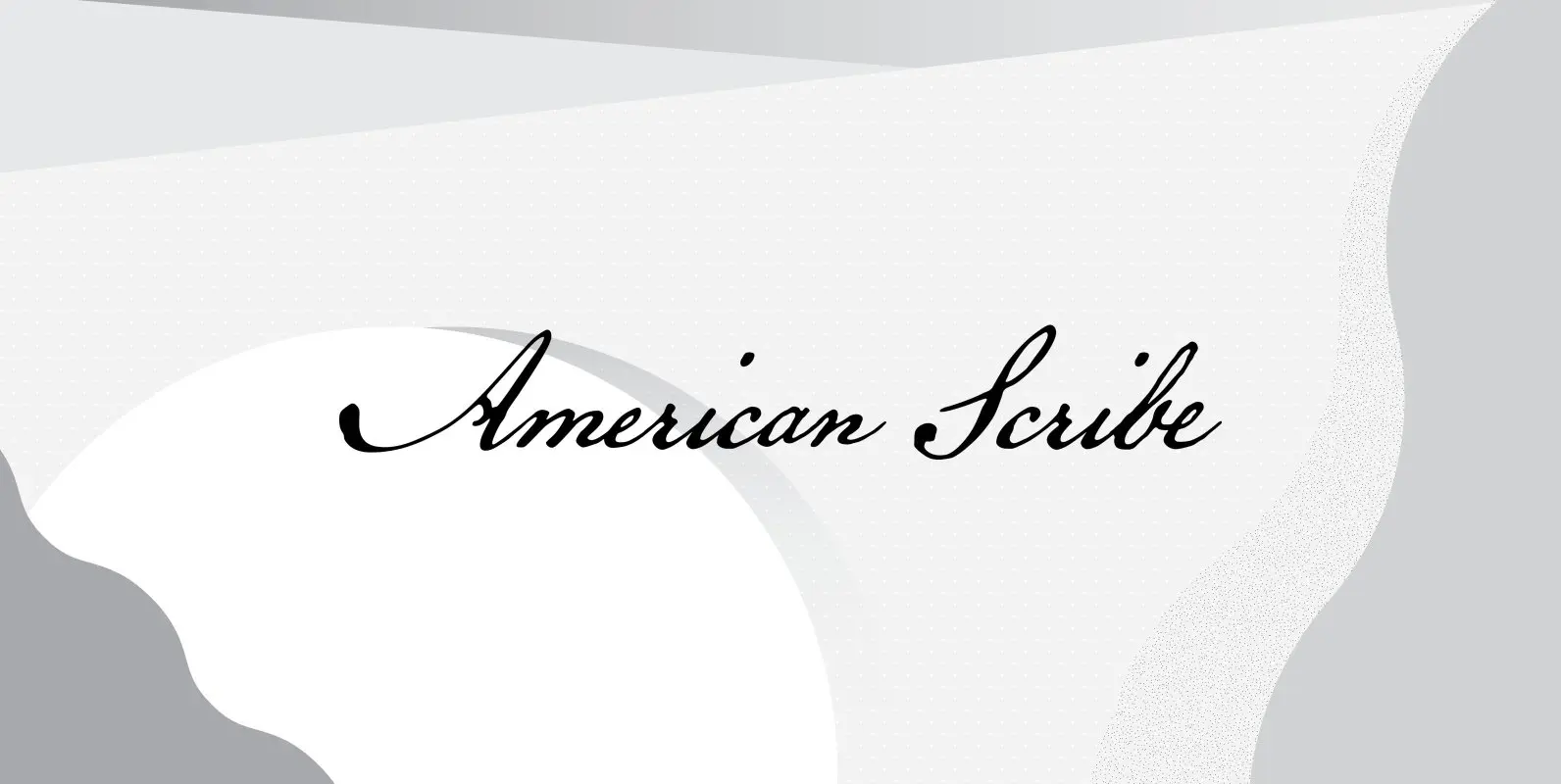
American Scribe Font
American Scribe simulates the penmanship of Timothy Matlack, generally agreed to be the scribe of the famous, engrossed copy of the Declaration of Independence (written, of course, by Thomas Jefferson). Matlack—whose clear, compact script is perhaps the most familiar handwriting

Oak Street Font
Oak Street has the look of a note written with a felt-tip pen gone blunt from overuse. Distinctively plump and eye-catching, its letters lean slightly to the left. OpenType features include true small caps, lots o’ ligatures, and Central/Eastern European
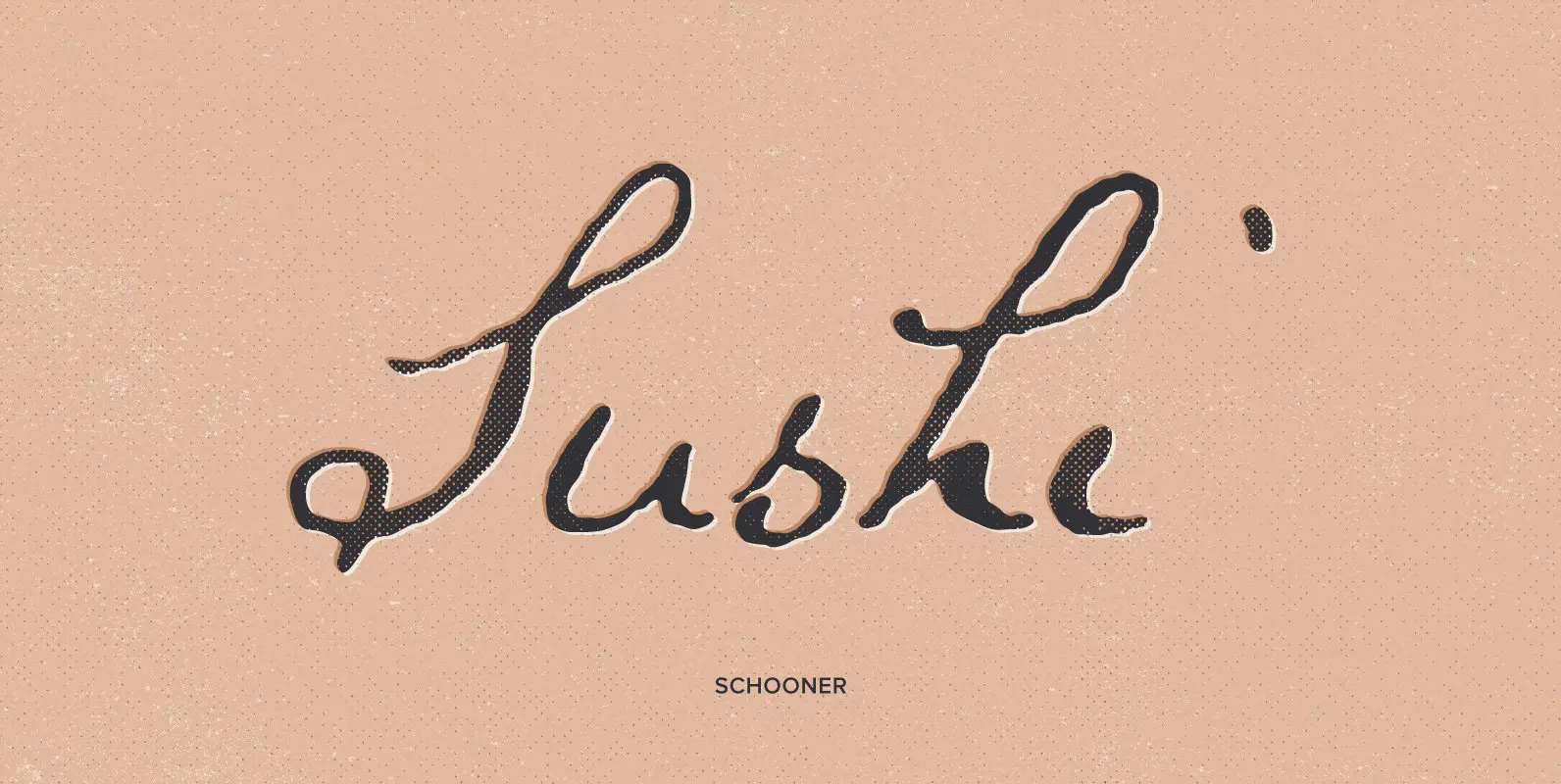
Schooner Script Font
Schooner Script replicates the handwriting of Samuel Clarke, pastor of a church in Princeton, Massachusetts, in a letter to his congregation dated 18 September 1825—a plea for donations to help some families who lost their belongings in an accident at
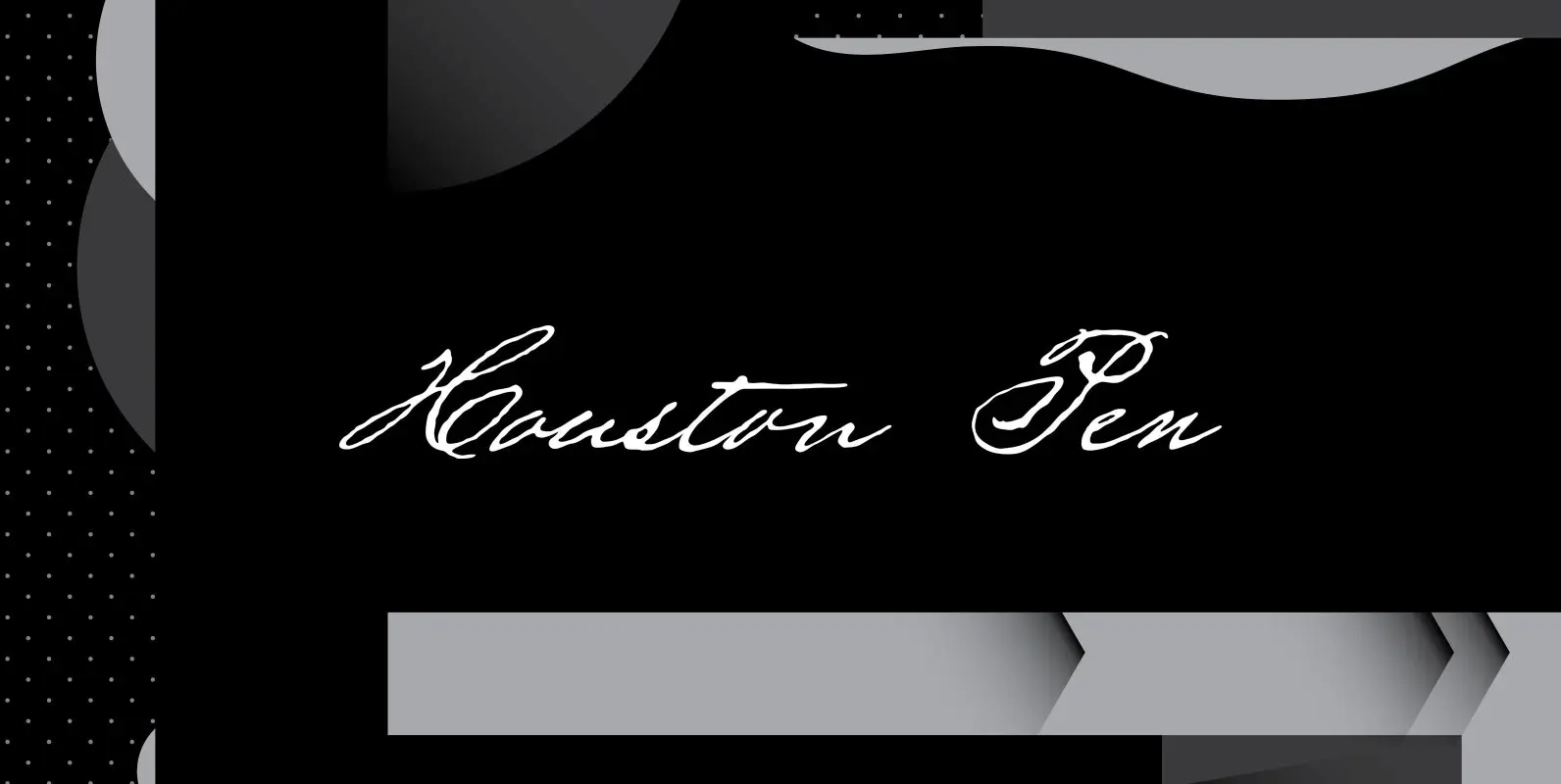
Houston Pen Font
Houston Pen replicates the handwriting of Sam Houston, perhaps the most famous Texan, in letters dating from the 1830s to the late-1850s. Much like the man himself, Houston’s handwriting stood fairly large on the page and had a distinctive flourish
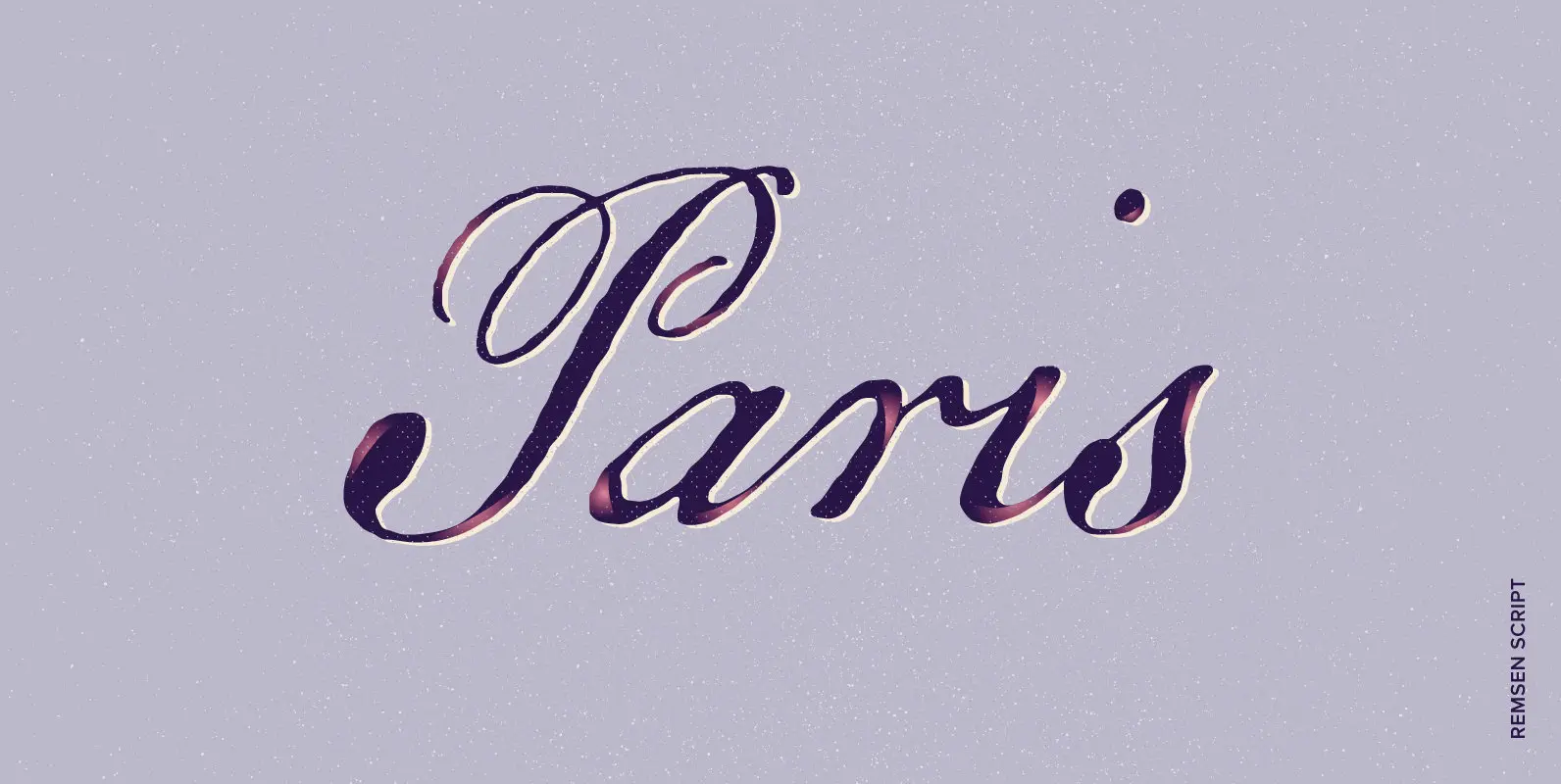
Remsen Script Font
The 1765 Stamp Act ignited in American colonists a simmering distrust of the distant British Parliament, whose oppressive trade duties they deemed unfair assaults on their rights as English subjects. Before long, of course, this little dustup spawned The Boston

